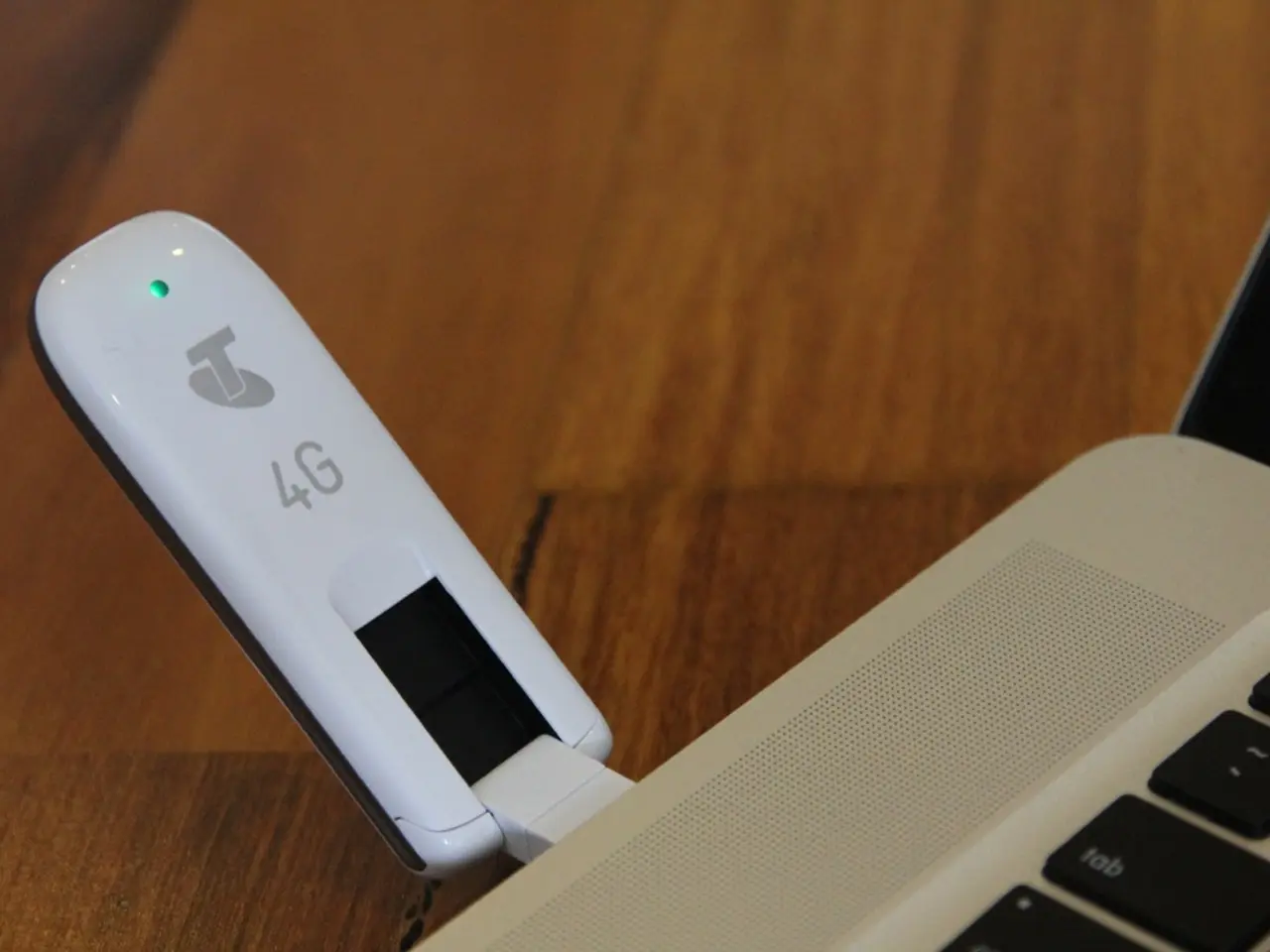Cardano Records 111 Million Transactions: Analysis of Its Implications
In the ever-evolving world of blockchain technology, the Cardano (ADA) network continues to make significant strides, with a current total of over 111 million transactions[1]. As of now, the price of ADA stands at $0.5719, experiencing a 1.96% decrease in the last 24 hours[2].
One of the most exciting developments in the Cardano ecosystem is Project Acropolis, an initiative launched in October 2024, currently in its early stages[3]. This project aims to simplify and transform the development of decentralized applications (dApps) on Cardano by enabling developers to build dApps directly within the Cardano node[1][2][3].
Currently, the Cardano node operates as a monolithic system, handling everything within a single package[1][2][3]. Project Acropolis seeks to change this by reorganizing the node into a modular system, composed of loosely linked modules that communicate via message buses[4]. This shift is expected to provide greater flexibility and ease of building on Cardano, making the network more developer-friendly and competitive in the evolving blockchain space[2][3].
The project began with the Caryatid framework and is still undergoing early testing and refinement[2]. IOHK, the company behind Cardano, describes it as "reimagining the Cardano node as a living ecosystem where developers can build applications from within, not just interface from outside," highlighting the integrated and modular approach Acropolis brings to the network[4].
If Project Acropolis becomes mainstream, experts and community observers believe it could cement Cardano’s position as a top Layer-1 blockchain, enhancing developer adoption and contributing to the ecosystem's continued growth and evolution towards a user-focused, developer-friendly platform[1][3].
The Cardano network is currently home to 1,377 DReps, with 976 active, indicating continuous expansion in on-chain governance[5]. Additionally, there are 1.33 million delegated wallets on the network, demonstrating continued engagement in network staking[6].
The network also supports 2,005 active projects[7], and the Cardano node under Project Acropolis is organized into modules that can be combined, matched, and extended under the new structure[4]. The increase in transactions demonstrates Cardano's ability to process transactions without severe network congestion or performance issues[8].
As Project Acropolis moves forward, it remains in the "early explorer phase" to prove its technical viability[3]. The strong dedication of the Cardano community is evident in a 27% increase in GitHub commits, which hit 259[9]. With Project Acropolis, Cardano continues to be a steady frontrunner in development activity, positioning itself as a promising contender in the blockchain landscape.
[1] [Cardano Network Surpasses 111 Million Transactions](url) [2] [ADA Price Drops 1.96% in 24 Hours](url) [3] [Project Acropolis: Simplifying dApp Development on Cardano](url) [4] [IOHK on Project Acropolis: A New Era for Cardano Development](url) [5] [Cardano Network Expands On-Chain Governance](url) [6] [1.33 Million Delegated Wallets on Cardano Network](url) [7] [Cardano Network Supports 2,005 Active Projects](url) [8] [Cardano Network Processes Transactions Efficiently](url) [9] [Strong Community Dedication: 27% Increase in GitHub Commits](url)
- In the Cardano network, Project Acropolis is currently being developed, an initiative that aims to simplify the creation of decentralized applications (dApps) on the blockchain.
- Expected to launch more flexibility for developers, Project Acropolis seeks to reorganize the Cardano node into a modular system, composed of loosely linked modules communicating via message buses.
- If Project Acropolis becomes mainstream, it could cement Cardano’s position as a top Layer-1 blockchain, potentially enhancing developer adoption and contributing to the ecosystem's growth.
- The Cardano network supports 2,005 active projects, with the Cardano node under Project Acropolis being organized into modules that can be combined, matched, and extended.
- As projects develop and transactions increase, the Cardano network maintains its efficiency, demonstrating its ability to process transactions without severe network congestion or performance issues.
- With ongoing community dedication and development activity, the Cardano network continues to be a steady frontrunner in the blockchain landscape, integration of smart contracts and dapps, staking, governance, crypto finance, and technology integration.




